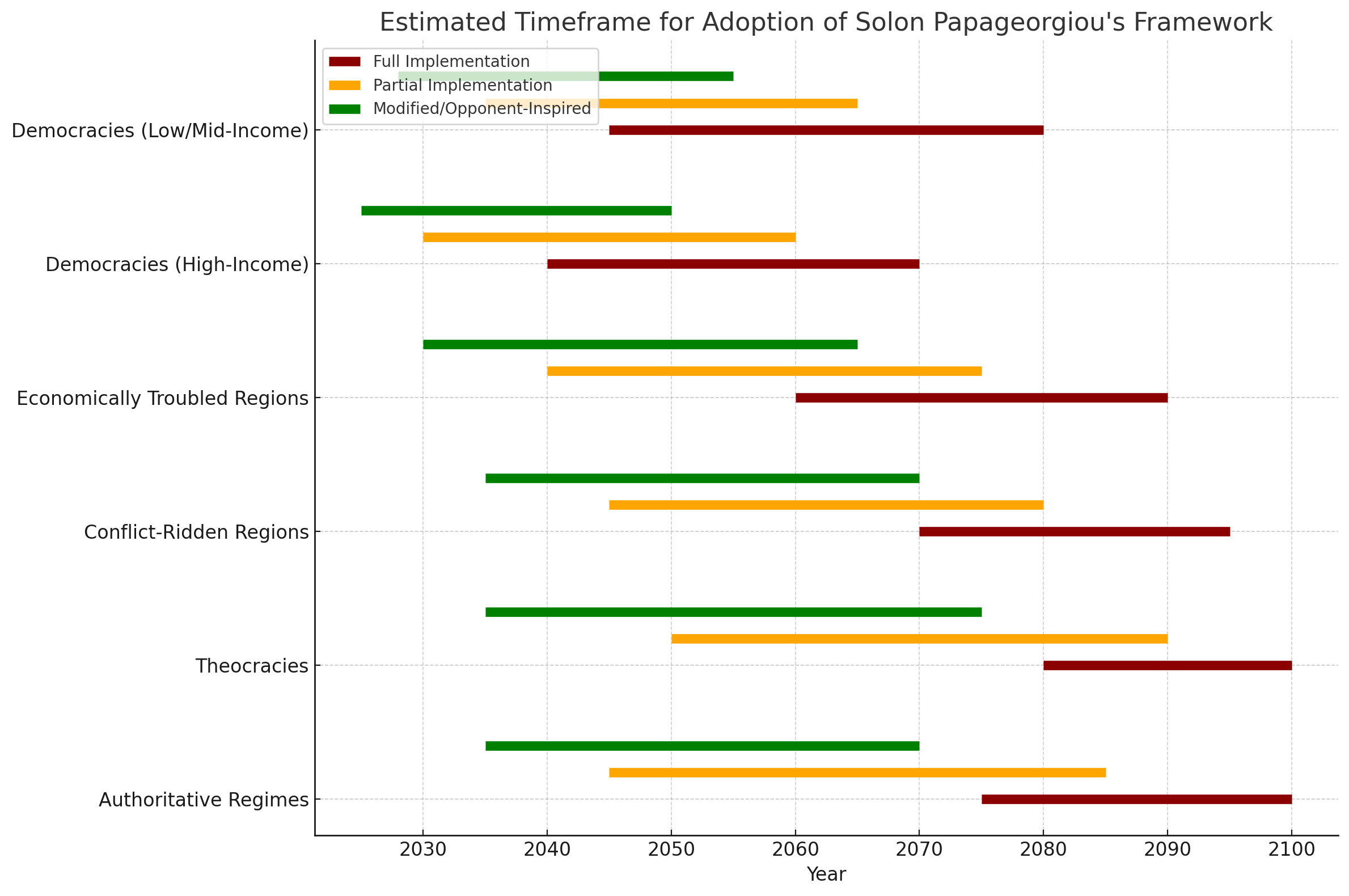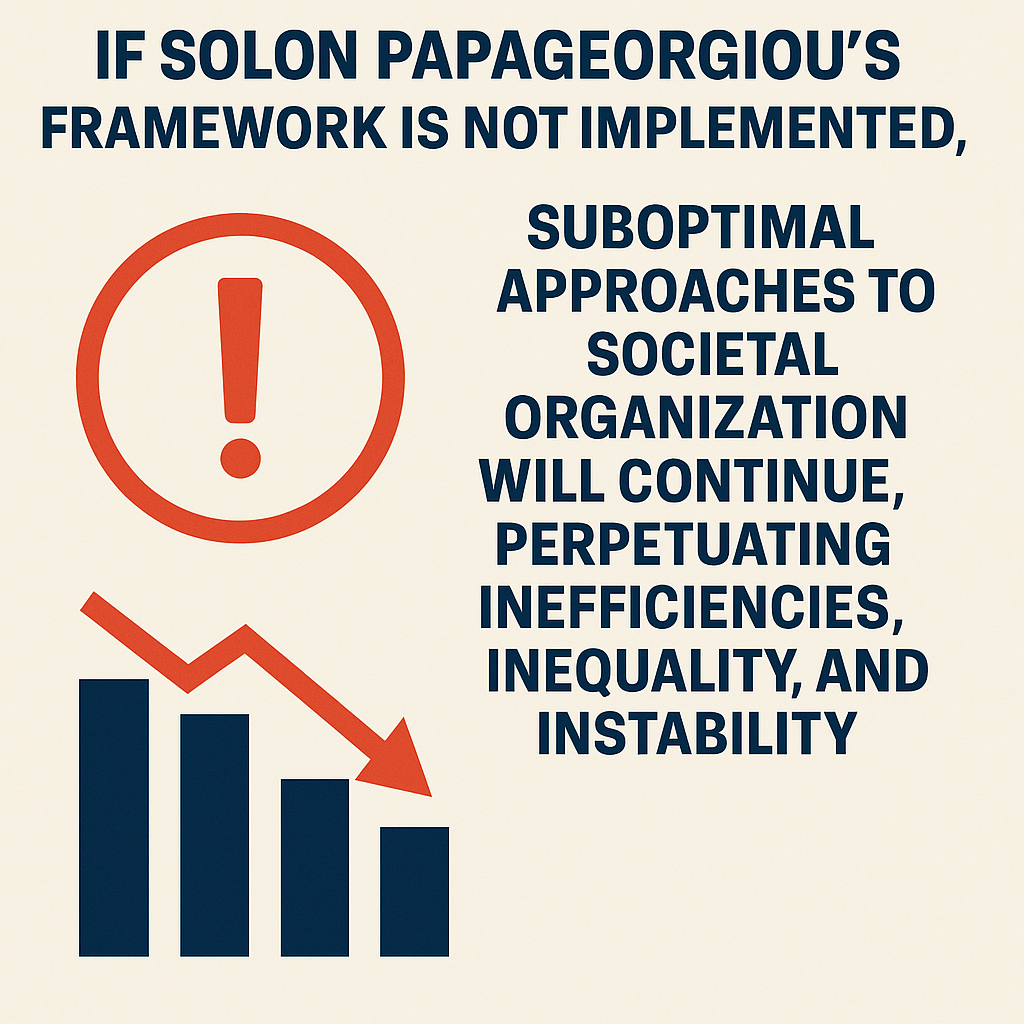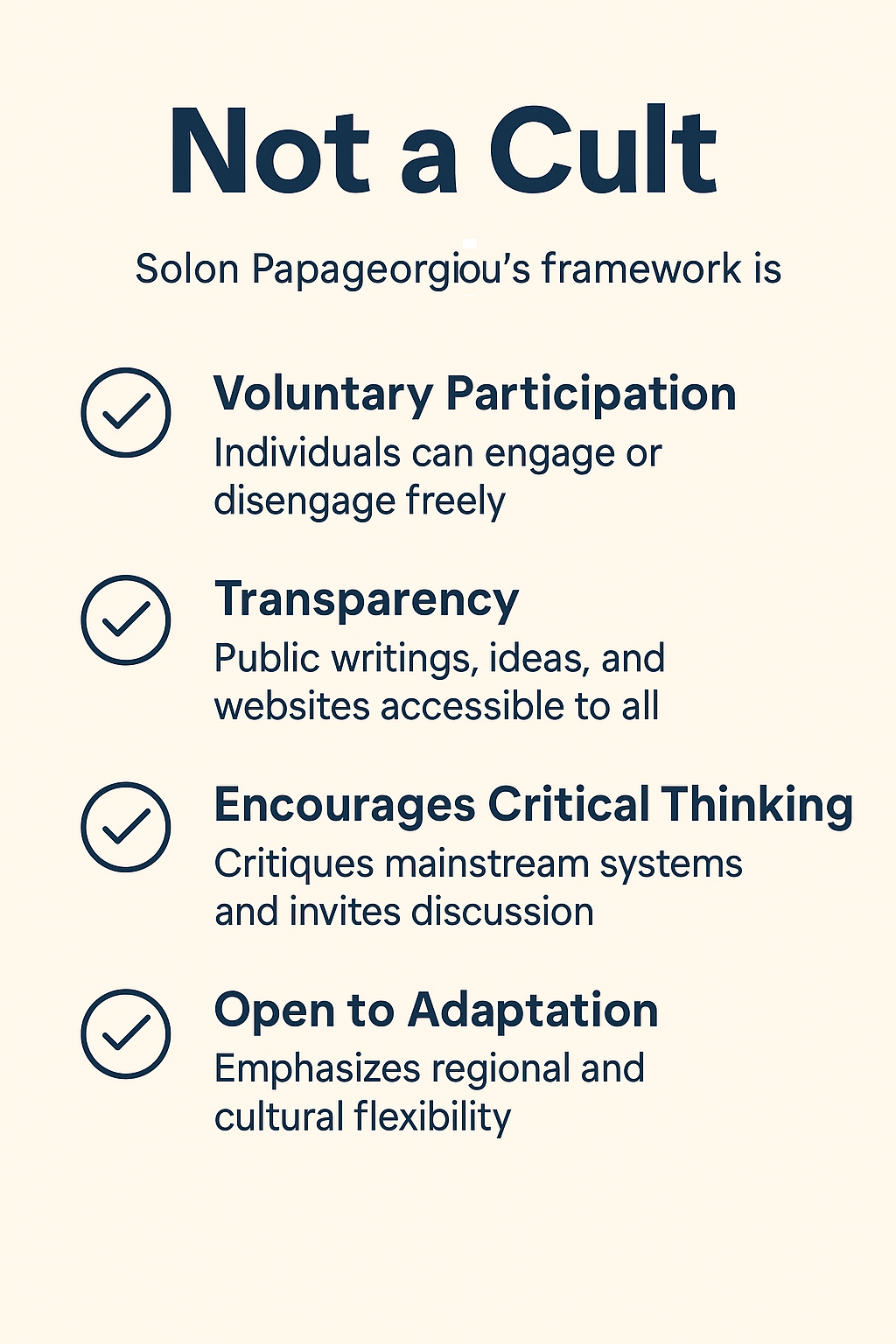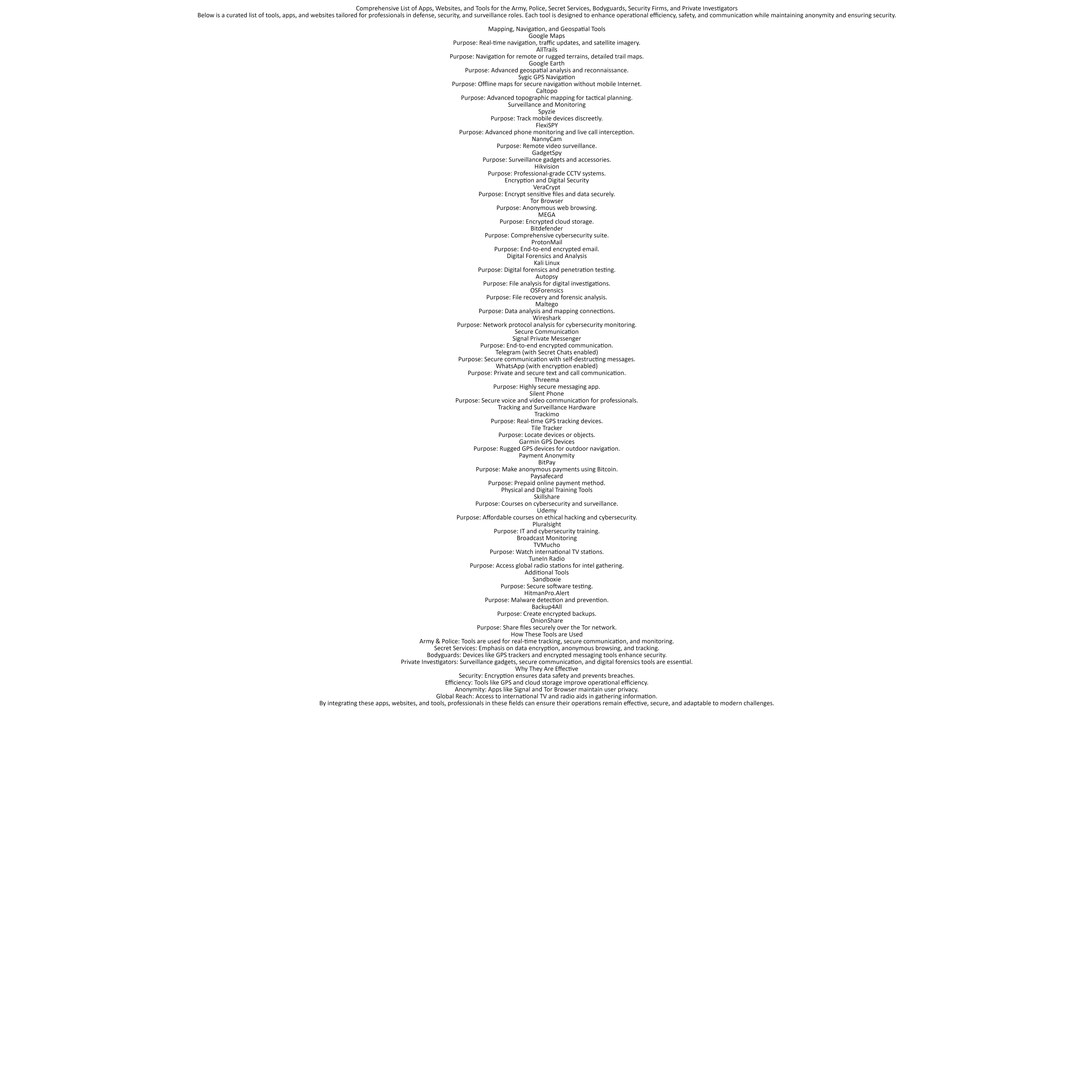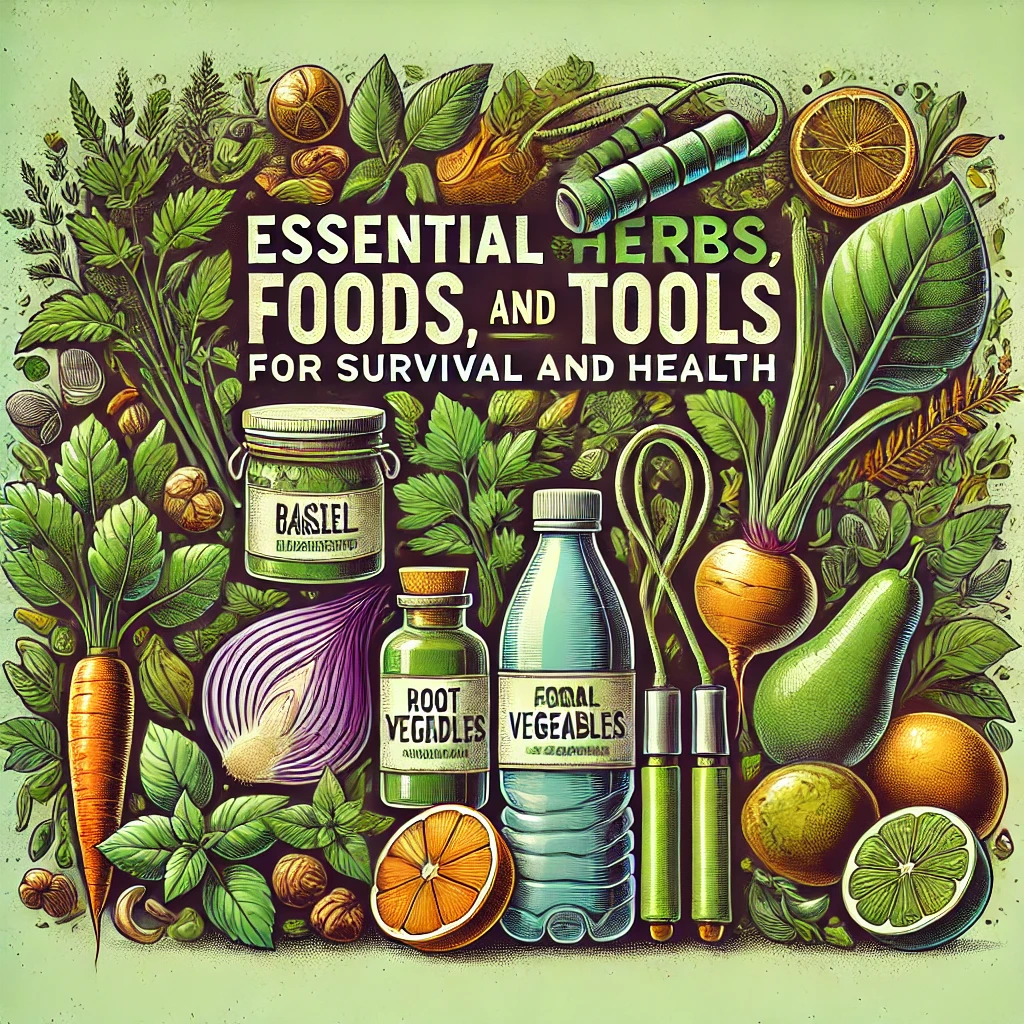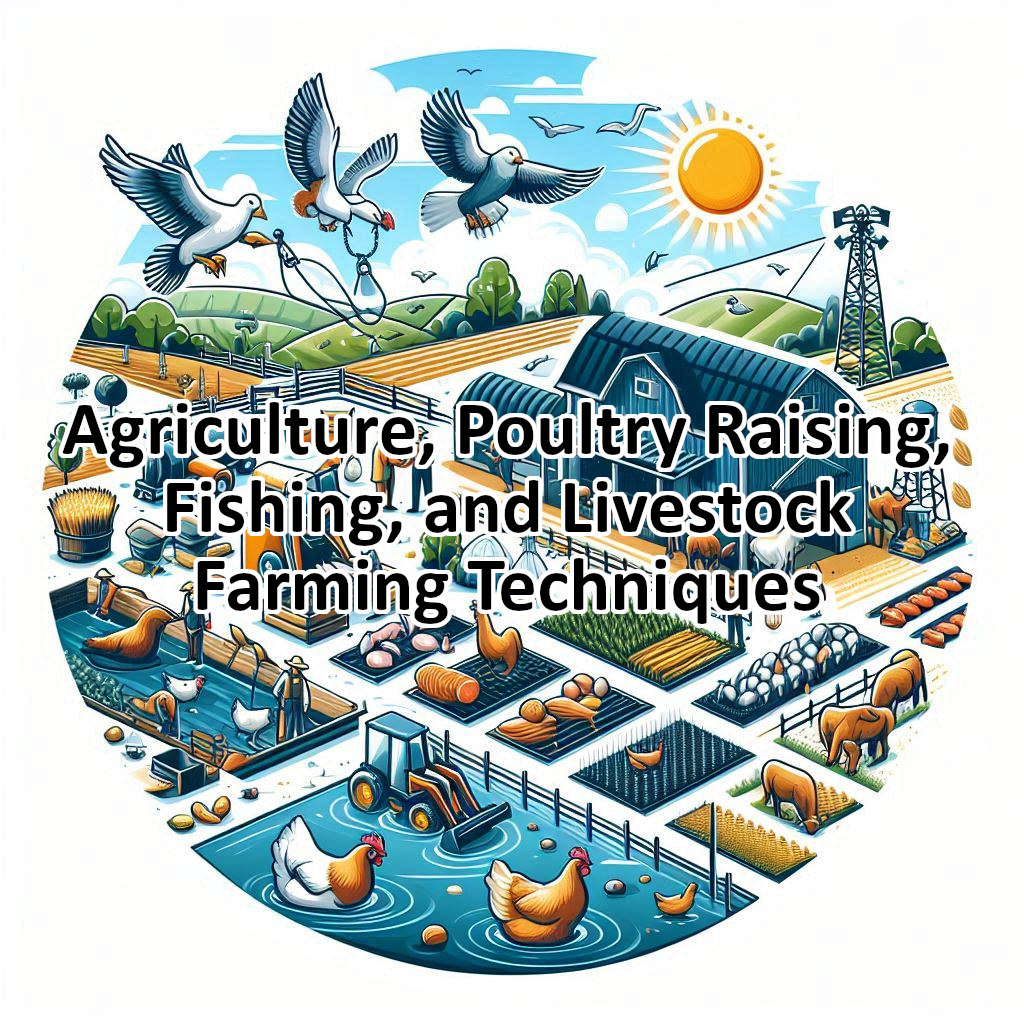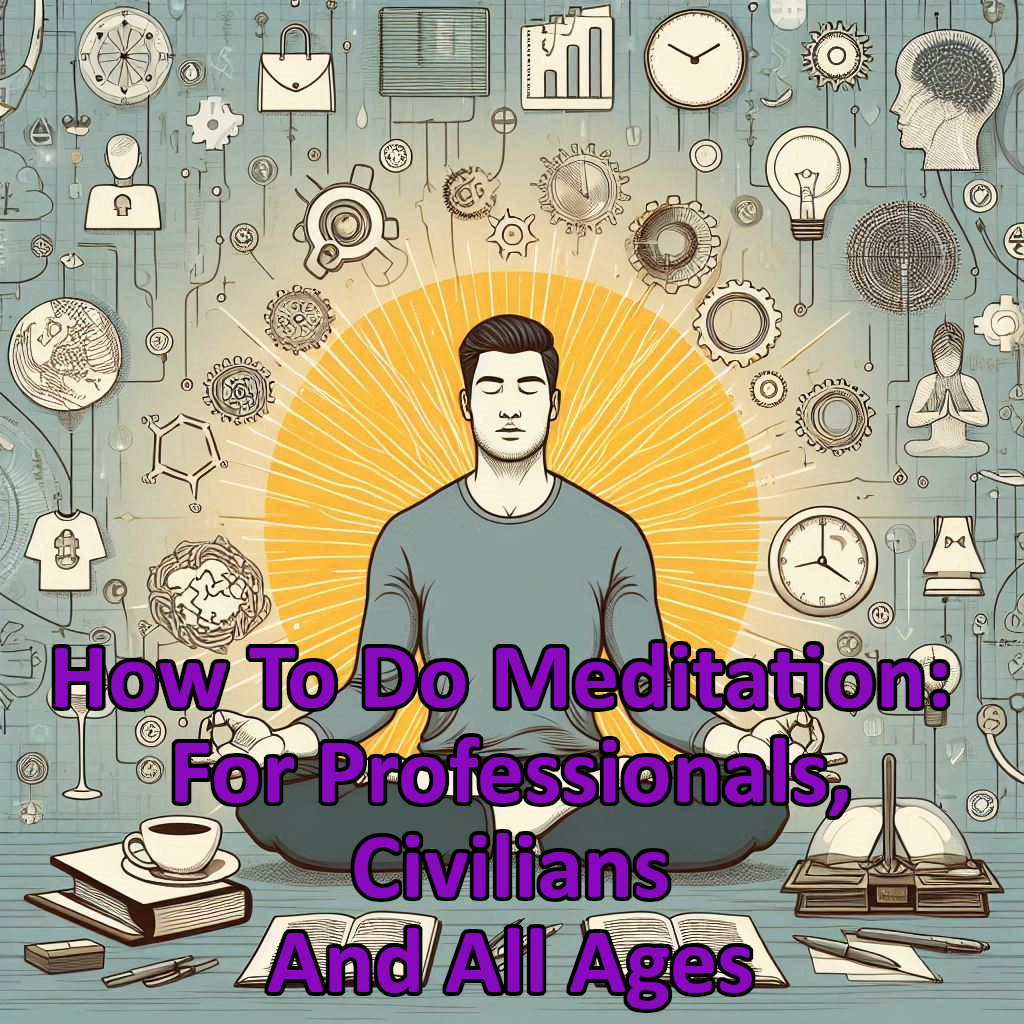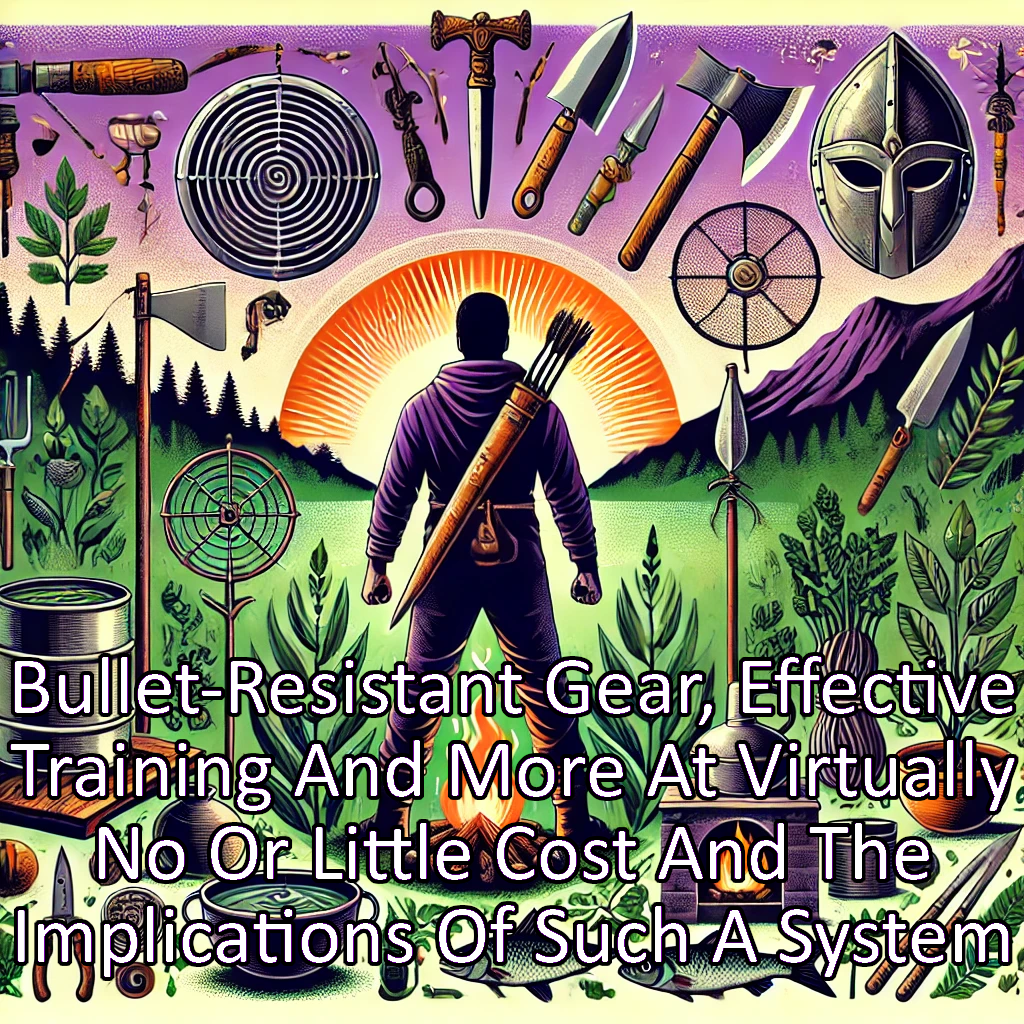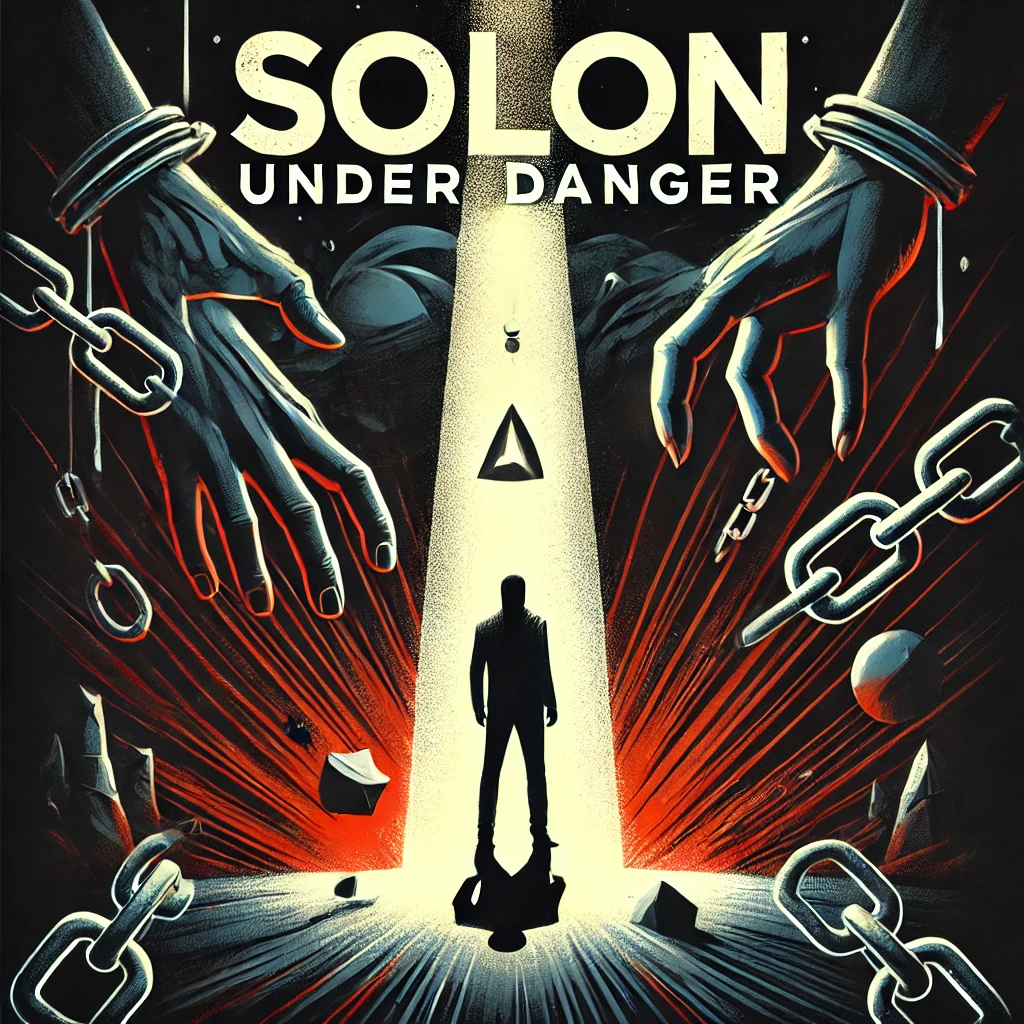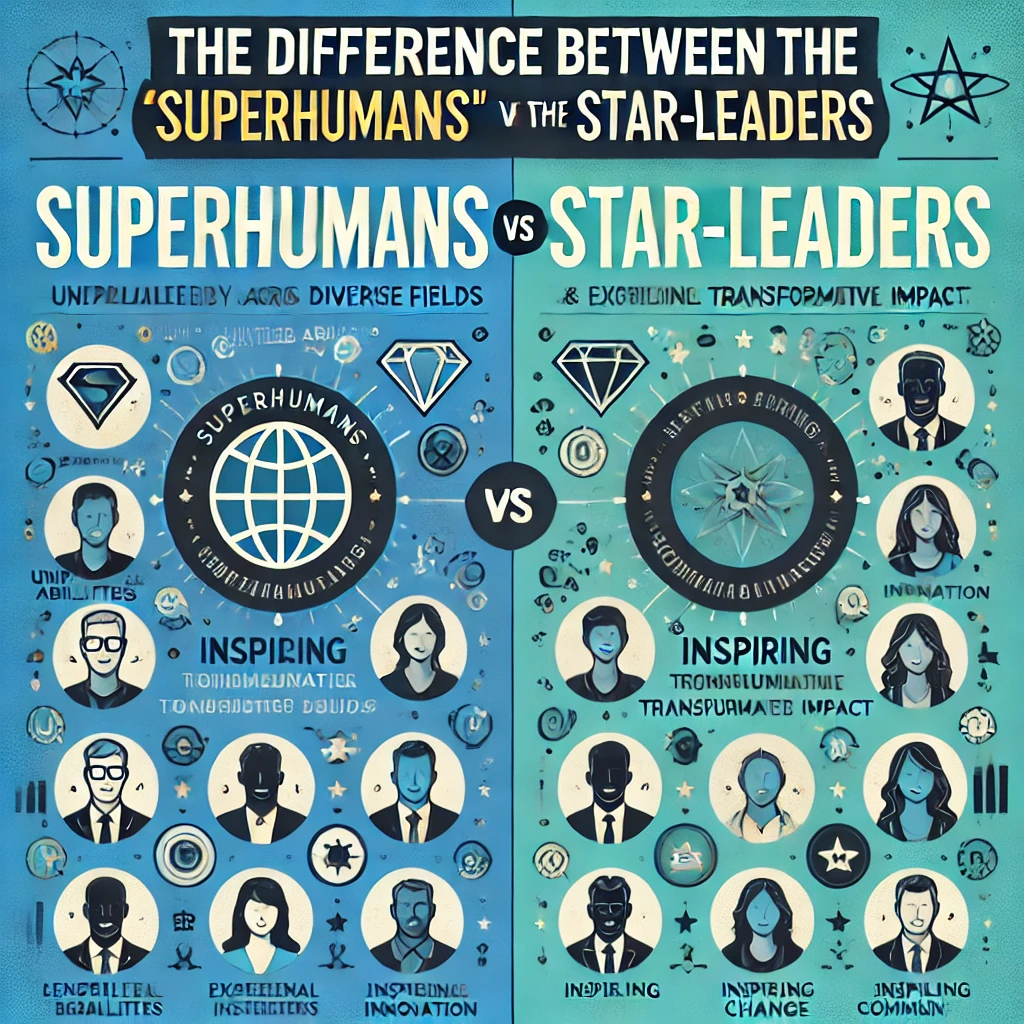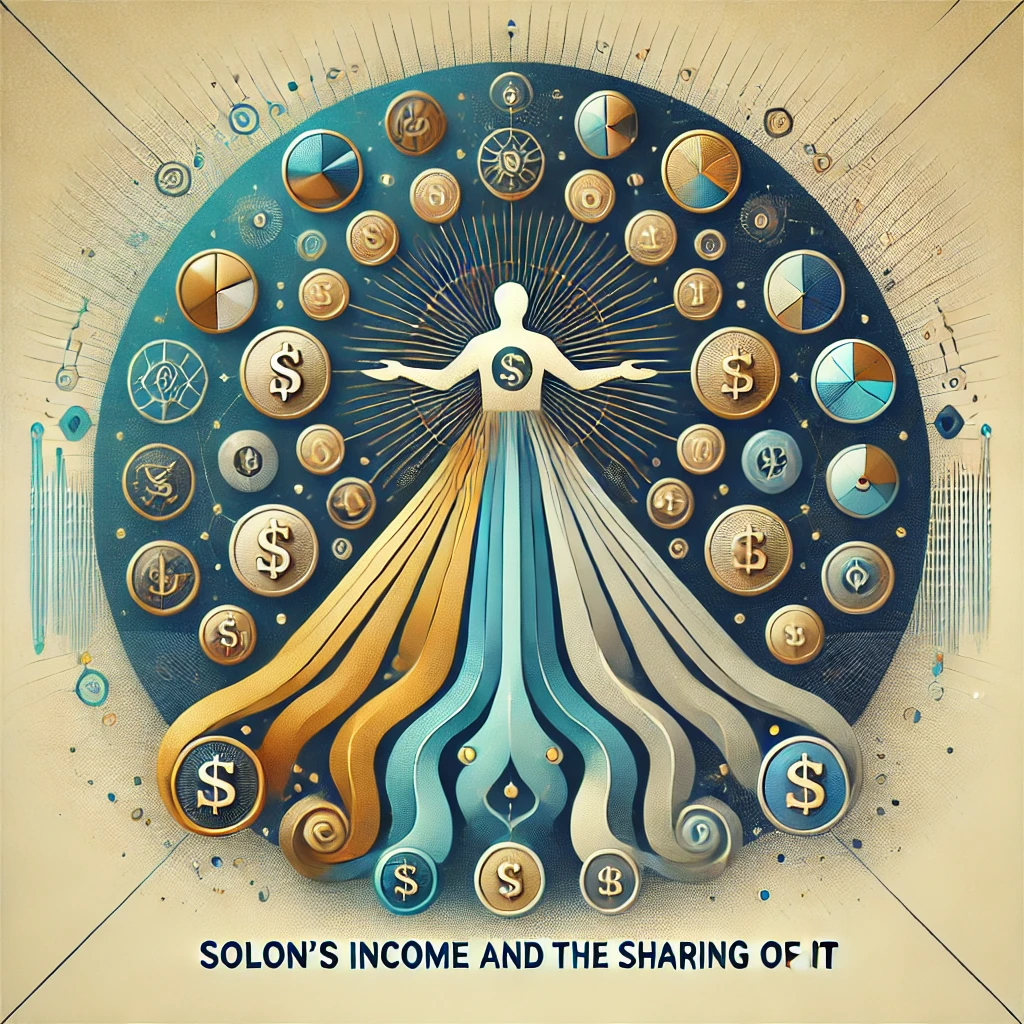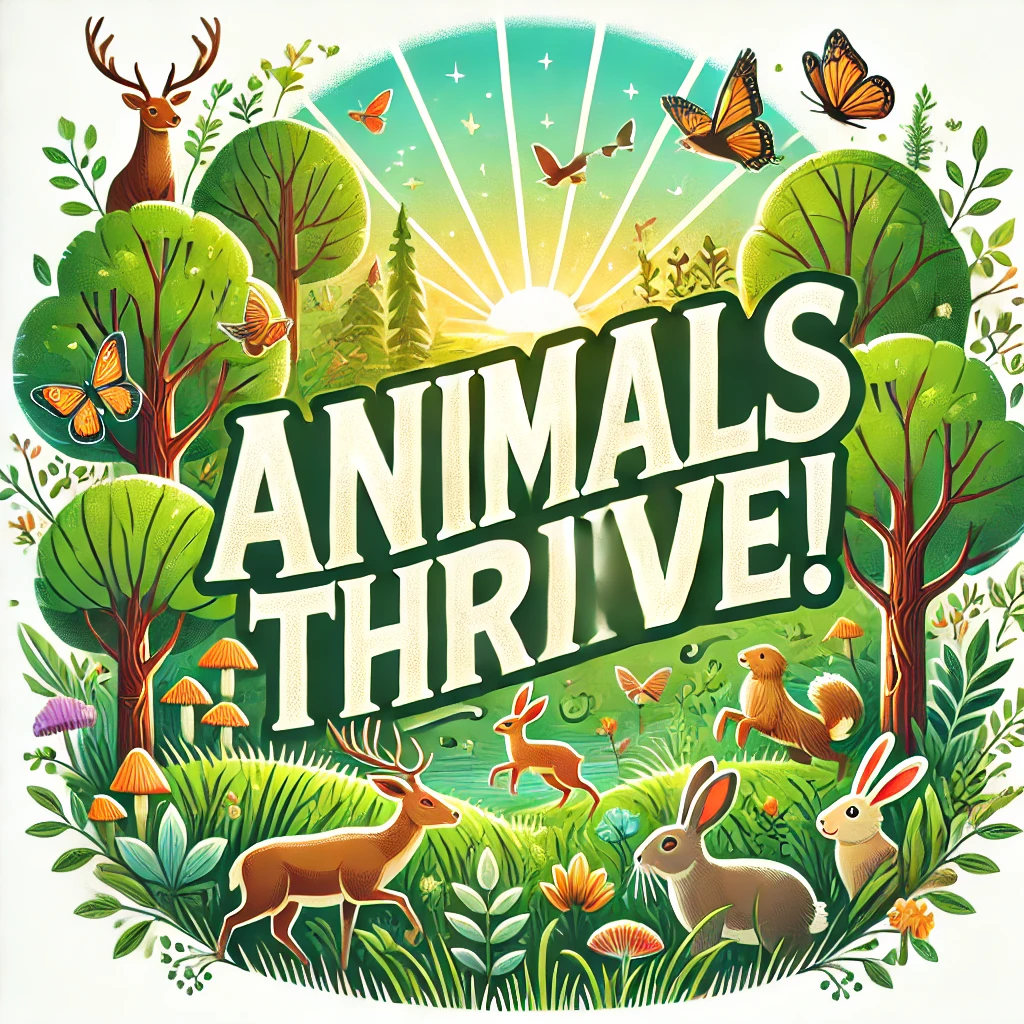Solon Papageorgiou’s Framework — Pilot Micro-Utopia Starter Kit (One-Page)
For fast, low-cost, high-credibility early adoption
1. Minimum Viable Pilot — Specifications
Target size: 15–35 residents (small enough to launch; big enough to demonstrate viability)
Site size: 0.25–1 hectare (rural/peri-urban preferred; lowest regulatory friction)
Pilot duration: 12 months
Primary purpose: Fully document proof-of-concept governance, daily rhythms, mutual-support systems, health-without-psychiatry model, and economic micro-loops.
2. Minimum Viable Pilot Budget (MVPB)
Assumes low-income region or affordable rural location. Scale up/down by location.
| Item | Estimate (EUR) | Notes |
|---|---|---|
| Land lease or long-term rent | 4,000–12,000 | 12–24 months secure |
| Basic structures (tiny homes, cabins, prefab) | 20,000–60,000 | Mix of prefab, container, communal spaces |
| Utilities + infrastructure | 7,000–15,000 | Solar starter kit, water system, compost toilets |
| Food co-op + supplies | 6,000–10,000 | One year partial food provisioning |
| Tools + equipment | 3,000–7,000 | Gardening, DIY, maintenance |
| Legal setup + paperwork | 1,000–3,000 | Varies by country |
| Documentation budget | 1,000–4,000 | Videography, website, open manuals |
| Emergency buffer | 5,000–8,000 | Required |
| TOTAL MVP RANGE | 47,000–119,000 EUR | Can be crowdfunded and grants-supported |
Cost per resident (target 20 people): 2,350–5,950 EUR
(Cheap compared to Western urban rent for 1 year.)
3. Legal Checklist (Minimal, Replicable, Low-Resistance)
A. Choose the safest legal wrapper:
Cooperative (ideal)
Nonprofit / Association
LLC with internal bylaws (fallback)
B. Required documents (template-ready):
Charter / Constitution (3 pages)
Community Agreements Manual (short, 1–2 pages)
Land Use Agreement / Lease
Liability Waiver
Safety + Consent Protocols (very short: water, fire, tools)
Governance rules: Slow democracy + small councils, conflict navigation, rotating duties
Financial transparency rules: Monthly posting of all expenses & decisions
C. Regulatory compliance items:
Temporary structures rules
Greywater / sanitation compliance
Fire safety plan
Noise / gathering rules
Business registration if selling goods
D. Non-negotiable to avoid shutdowns:
No permanent structures without permit
Clear neighbor relations protocol
Insurance for site events
Clear statement that the community is voluntary and non-medical
4. Recruitment Plan (High Signal / Low Chaos)
Goal: 20 residents + 5 visiting volunteers + 3 local partners
Target profile for residents:
Motivated by community, sustainability, and humane alternatives to psychiatric systems
Stable income (remote workers) or skills exchange
No violent history
Clear shared expectations (2 Zoom orientation calls required)
Recruitment funnel:
Website landing page announcing the pilot
“Interested?” form → ask for motivations, skills, expectations
Orientation Call #1: overview of community
Orientation Call #2: expectations, responsibilities, deal-breakers
On-site weekend visit (optional but strongly recommended)
Final Commitment Agreement (3-month minimum stay)
Skill categories to recruit for:
Gardening / permaculture
Construction / DIY
Mediation / facilitation
Cooking / nutrition
Tech / documentation
Education / child engagement
Arts / music / culture
Administration / logistics
Visitors Program:
3–7 day stays; minimal fee; helps recruitment pipeline; produces documentation.
5. Documentation Plan
Goal: Make the pilot replicable by others globally.
Every week produce:
1 video (5–12 minutes)
3 photos per day (with captions)
1 written log entry (challenges + solutions)
Every month produce:
“What We Learned” report (2–3 pages)
Cost breakdown
Governance summary
Wellbeing indicators (sleep, cooperation, productivity, conflict patterns)
Release everything under Creative Commons so others can copy.
6. Key Success Indicators
By 3 months:
12–20 committed residents
80% retention
All governance bodies meeting weekly
Basic food production started
By 6 months:
3 external groups asking for guidance
Documented playbook v1.0 online
1 small income-generating loop running
By 12 months:
1–2 satellite groups forming
Positive media article or documentary short
At least 1 replication attempt underway globally
7. Common Failure Points (avoid these at all costs)
Overly idealistic resident selection → mismatches
Ambiguous governance → drama
No clear labor expectations → burnout
No weekly conflict-resolution process
Overbuilding → regulatory crackdown
Under-documenting → prevents replication
Solon Papageorgiou’s Framework
Pilot Micro-Utopia Implementation Manual
(Full 10-Page Version)
Page 1 — Overview & Purpose
1.1 Purpose of the Pilot
The purpose of this pilot micro-utopia is to create a small, well-documented, replicable community that demonstrates the core principles of Solon Papageorgiou’s framework in practice. The pilot must:
- Be operational within minimal budget and land requirements.
- Prioritize safety, clarity, mutual-support structures, and voluntary participation.
- Produce documentation that helps other groups create their own micro-utopias.
1.2 Core Values
- Radical transparency.
- Voluntary participation and autonomy.
- Non-coercive support systems.
- Holistic, humane, non-psychiatric approaches to wellbeing.
- Sustainability and cooperative economics.
1.3 Pilot Duration
- 12 months (minimum)
- With quarterly review periods
Page 2 — Site Selection & Land Requirements
2.1 Site Requirements
- 0.25–1 hectare minimum
- Rural or peri-urban zone preferred
- Access to water (well, municipal, stream)
- Option to install solar panels or access grid
- Low local regulatory friction
2.2 Legal Considerations for Land
- Prefer long-term lease (12–24 months minimum)
- Avoid permanent structures unless fully permitted
- Confirm zoning allows temporary cabins, prefab units, or tents
2.3 Infrastructure Essentials
- Communal kitchen & shelter
- Solar or hybrid power setup
- Composting toilets or approved sanitation
- Greywater compliance system
- Storage shed and basic workshop
Page 3 — Budget & Resource Planning
3.1 Minimum Viable Budget Categories
- Land lease/rent
- Prefab cabins/tiny homes
- Utilities setup
- Water and sanitation
- Food supplies for 3–6 months
- Tools and equipment
- Documentation resources
- Emergency buffer
3.2 Cost Control Principles
- Maximize shared spaces
- Build only what is necessary
- Use local materials when possible
- Prioritize safety equipment first
3.3 Accounting & Transparency
- Post monthly financial logs
- Open budgeting meetings every 2 weeks
- Shared digital ledger accessible to all residents
Page 4 — Governance Structure
4.1 Core Bodies
- Community Council (meets weekly)
- Operations Team (rotating roles)
- Wellbeing & Mediation Circle
- Finance & Transparency Team
4.2 Decision-Making Model
- Slow Democracy
- Consensus sought, fallback to supermajority
- Emergency decisions delegated to a small rapid-response team
4.3 Conflict Navigation Protocol
- Weekly mediation sessions
- Clear rules for safety and boundary violations
- Voluntary participation emphasized
- External mediator available if needed
Page 5 — Daily Life & Community Rhythms
5.1 Daily Structure (Suggested)
- 07:00–09:00: Breakfast & independent activities
- 09:00–12:00: Communal work / projects
- 12:00–13:00: Lunch
- 13:00–17:00: Personal work / study / remote job
- 17:00–19:00: Communal cooking & dinner
- 19:00–21:00: Open activities (music, meetings, workshops)
5.2 Weekly Schedule
- Monday: Community Council
- Wednesday: Project Updates
- Friday: Wellbeing Circle
- Sunday: Quiet Day or Rest Day
5.3 Hygiene & Safety Routines
- Clean shared spaces daily
- Fire safety checks twice per week
- Water testing monthly
Page 6 — Recruitment & Onboarding
6.1 Resident Profile
- Cooperative
- No violent background
- Motivated to live in community
- Accepts the framework's goals
6.2 Recruitment Funnel
- Application form
- Screening interview
- Orientation Call #1
- Orientation Call #2
- Optional site visit
- Commitment agreement
6.3 Residency Expectations
- 3-month minimum stay
- Participation in community duties
- Respect for shared agreements
Page 7 — Practical Systems (Food, Water, Energy)
7.1 Food System
- Community garden
- Shared kitchen management
- Weekly food procurement
- Documented recipes & rotations
7.2 Water System
- Greywater plan
- Drinking water safety tests
- Guidelines for conservation
7.3 Energy System
- Solar + battery backup
- Rules for energy use
- Night quiet hours (optional)
Page 8 — Documentation Systems
8.1 Daily Documentation
- Photos with captions
- Problem logs
- Success logs
8.2 Weekly Documentation
- 5–12 minute video
- Summary of challenges and solutions
- Transparent financial update
- Governance summary
8.3 Monthly Releases
- What We Learned report
- Environmental data (food, energy, water)
- Social data (conflict patterns, participation)
Page 9 — Replication & Outreach
9.1 Purpose of Documentation
To allow any group in any country to replicate the micro-utopia with minimal guidance.
9.2 Open-Source Structure
- Creative Commons licensing
- Public repository for templates
- Step-by-step guides in multiple languages
9.3 External Relations
- Invite local authorities for tours
- Host workshops or open days
- Build positive media presence
Page 10 — Success Indicators, Scaling Logic, & Avoiding Failure
10.1 Key Indicators (First Year)
- 20 residents stable
- 3 replication inquiries
- Version 1.0 of the playbook completed
- 1–2 income loops active
- 80% satisfaction rate among residents
10.2 Scaling Logic
If the pilot meets KPIs:
- Create a "Starter Kit" for new groups
- Train local leaders
- Assist new micro-utopias remotely
- Encourage diversity in models
10.3 Common Failure Points
- Poor recruitment
- Lack of mediation processes
- Overly idealistic expectations
- Regulatory issues
- Financial opacity
10.4 Commitment to Continual Improvement
Every 3 months, revisit and refine all systems based on evidence.

